Specifications, Performance, and Impact
The NVIDIA GeForce RTX 2070, it has a place for specifications, performance metrics in gaming and cryptocurrency mining, and its broader impact on the graphics card market. It also considers the technological advancements that enabled its development and its relevance in the context of evolving computing needs.
The NVIDIA GeForce RTX 2070, released in 2018, represented a significant step forward in graphics card technology. It was among the first cards to bring real-time ray tracing and AI-enhanced graphics to the consumer market. Built on the Turing architecture, the RTX 2070 offered a blend of performance, features, and price that appealed to a wide range of users, from gamers to content creators.
At the heart of the RTX 2070 is the NVIDIA CUDA core. The RTX 2070 boasts 2304 CUDA cores, which are the fundamental building blocks for parallel processing. These cores handle the complex calculations required for rendering graphics, simulating physics, and performing other computationally intensive tasks. The more CUDA cores a GPU has, the better it can handle these tasks, resulting in smoother gameplay and faster rendering times.
The RTX 2070 also features dedicated hardware for ray tracing and AI processing. Ray tracing is a rendering technique that simulates the way light behaves in the real world, creating more realistic and immersive visuals. The RTX 2070’s RTX-OPS rating of 42T and a Giga Rays/s rating of 6 indicate its ability to handle ray-tracing tasks efficiently. These metrics reflect the card’s capacity to perform the complex calculations required for real-time ray tracing.
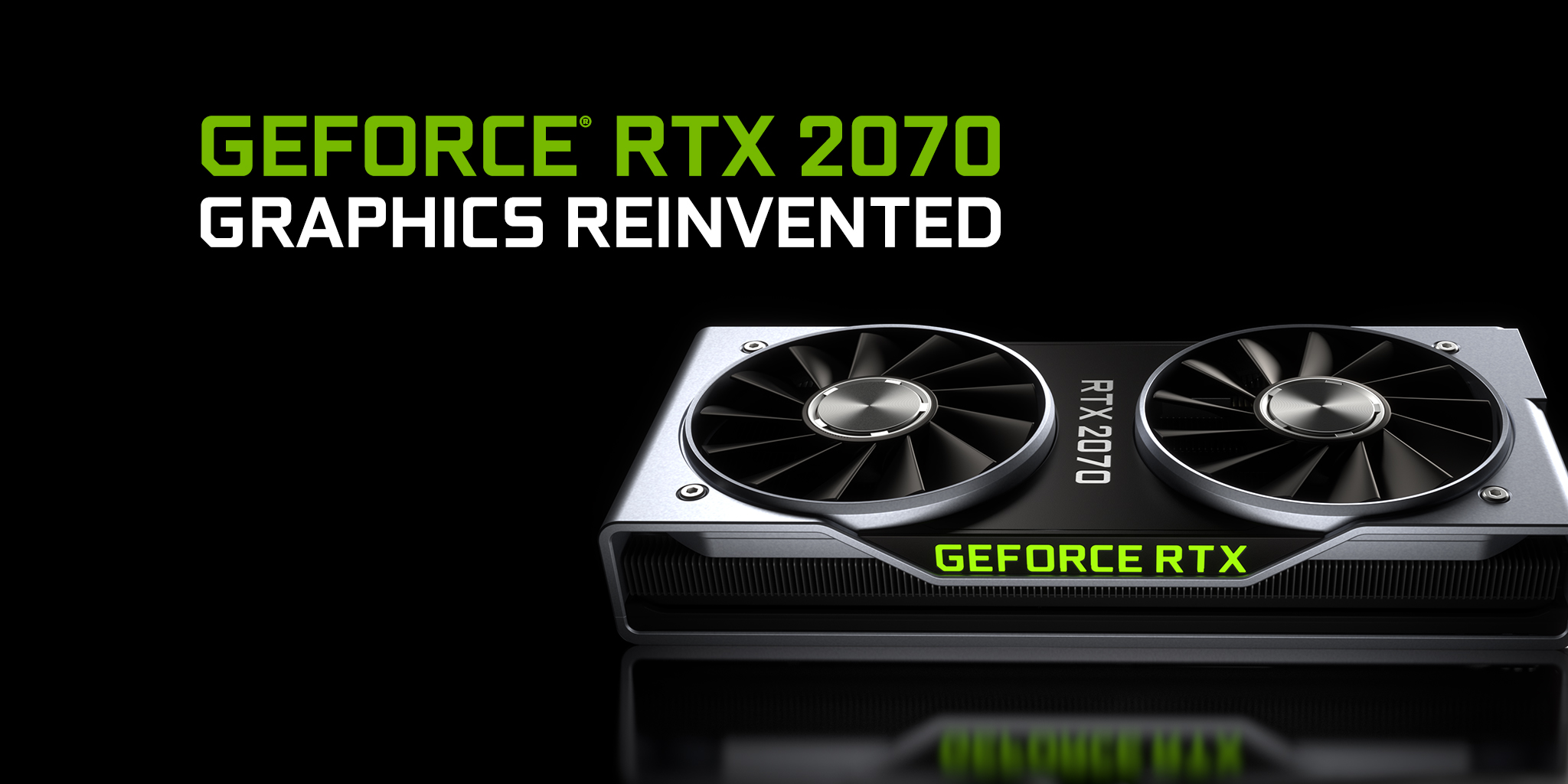
The base clock speed of the RTX 2070 is 1410 MHz, while its boost clock speed reaches 1620 MHz. The base clock speed is the guaranteed minimum operating frequency of the GPU, while the boost clock speed represents the maximum frequency the GPU can achieve under optimal conditions. These clock speeds, combined with the card’s architecture and CUDA cores, determine its overall performance.
Memory is another critical aspect of a graphics card. The RTX 2070 comes equipped with 8 GB of GDDR6 memory. GDDR6 is a high-speed type of memory specifically designed for graphics cards. It offers significantly higher bandwidth compared to previous generations like GDDR5. The RTX 2070’s memory operates at 14 Gbps and has a memory interface width of 256-bit. This results in a memory bandwidth of 448 GB/sec, which is the rate at which data can be transferred between the GPU and the memory. A higher memory bandwidth allows the GPU to quickly access and process textures, models, and other data, contributing to smoother performance, especially at higher resolutions and detail settings.
The RTX 2070’s performance is not only relevant for gaming but also for cryptocurrency mining. While not its primary purpose, the RTX 2070 was capable of mining various cryptocurrencies. Its hashrates for different algorithms varied. For NeoScrypt, it could achieve around 1. 2 MH/s, for LYRA2Z around 2. 38 MH, for X16R (RavenCoin) around 19 MH/s, and for Allium around 4. 8 MH/s. The mining performance of the RTX 2070, while not as high as dedicated mining cards, made it a viable option for some miners, especially when cryptocurrency prices were high.
Power consumption is a crucial consideration for any graphics card. The RTX 2070 has a graphics card power rating of 175 W. This means that the card can draw up to 175 watts of power under load. NVIDIA recommends a system power supply of at least 550 W to ensure stable operation, especially when paired with other power-hungry components like high-end CPUs. The RTX 2070 requires an 8-pin supplementary power connector to provide the necessary power.
The RTX 2070 operates within a specific temperature range. The maximum GPU temperature is 89 degrees Celsius. Exceeding this temperature can lead to performance throttling or even damage to the card. Effective cooling solutions, such as aftermarket coolers or liquid cooling, can help keep the GPU within its safe operating temperature.
The introduction of the RTX 2070, along with other RTX 20-series cards, marked a turning point in the graphics card market. It brought ray tracing and AI-enhanced graphics to the forefront, pushing developers to incorporate these technologies into their games. DLSS uses AI to upscale lower-resolution images to higher resolutions. This improves performance without sacrificing visual quality.
The RTX 2070 also had a significant impact on the competitive landscape of the graphics card market. It put pressure on AMD to develop competing technologies and products. This ultimately benefited consumers by driving innovation and lowering prices. The RTX 2070’s performance and features made it a popular choice for gamers, content creators, and even some cryptocurrency miners. Its impact on the market was significant, pushing the boundaries of what was possible in consumer graphics cards.
The development of the RTX 2070 and its underlying Turing architecture was the culmination of years of research and development in the field of computer graphics. NVIDIA invested heavily in developing new hardware and software technologies to enable real-time ray tracing and AI-enhanced graphics. These advancements required significant breakthroughs in areas such as GPU design, memory technology, and rendering algorithms.
The RTX 2070’s specifications and performance reflect the state-of-the-art technology available at the time of its release. While newer graphics cards have since surpassed it in terms of raw performance, the RTX 2070 remains a capable card for many users, especially those who play games at 1080p or 1440p resolutions.
The RTX 2070’s legacy extends beyond its raw performance numbers. It helped to popularize ray tracing and AI-enhanced graphics, paving the way for future advancements in these areas. It also demonstrated the importance of dedicated hardware for accelerating specific tasks, such as ray tracing and AI inference.
Looking ahead, the graphics card market is likely to continue to evolve rapidly. New architectures, manufacturing processes, and software technologies will drive further improvements in performance, efficiency, and features. Ray tracing and AI-enhanced graphics will become even more prevalent, with developers finding new and innovative ways to utilize these technologies.
Nvidia Gefoce RTX 2070 Specifications :
- NVIDIA CUDA® Cores : 2304
- RTX-OPS : 42T
- Giga Rays/s : 6
- Boost Clock (MHz) : 1620
- Base Clock (MHz) : 1410
- Memory Speed : 14 Gbps
- Standard Memory Config : 8 GB GDDR6
- Memory Interface Width : 256-bit
- Memory Bandwidth (GB/sec) : 448 GB/s
- Maximum GPU Temperature (in C) : 89
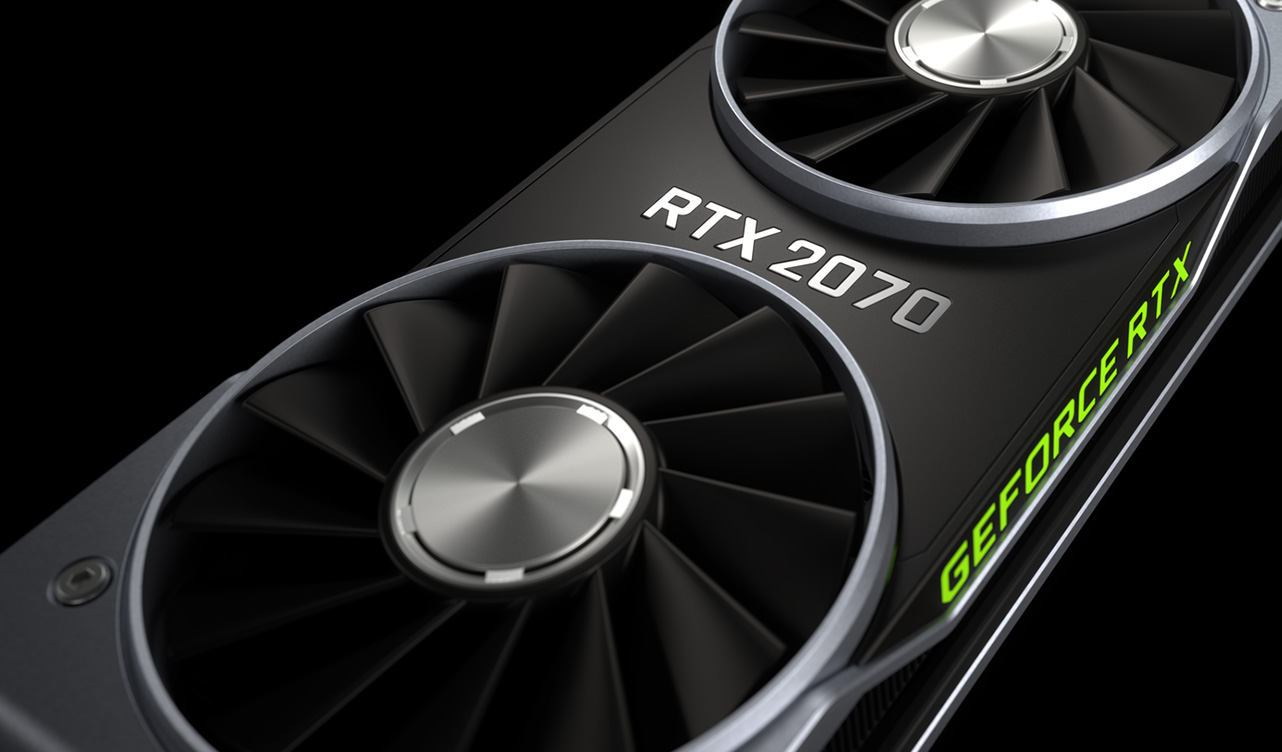
Nvidia Gefoce RTX 2070 Mining Hashrate :
- NeoScrypt [ (ORB) & (PXC) & (FTC) & (INN) & (GBX) & (TZC) & (VIVO) & (CRC) ] Mining Hashrate : 1.2 MH/s
- LYRA2Z Mining Hashrate : 2.38 MH
- X16R ( RavenCoin ) Mining Hashrate : 19 MH
- Allium Mining Hashrate : 4.8 MH/s

- Graphics Card Power (W) : 175 W
- Recommended System Power (W) : 550 W
- Supplementary Power Connectors : 8 pin
- Price : 600 $
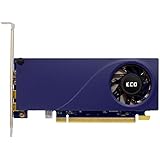
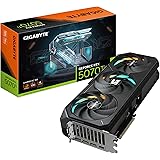

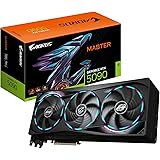
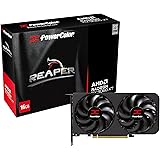
Where’s the rest of the info?